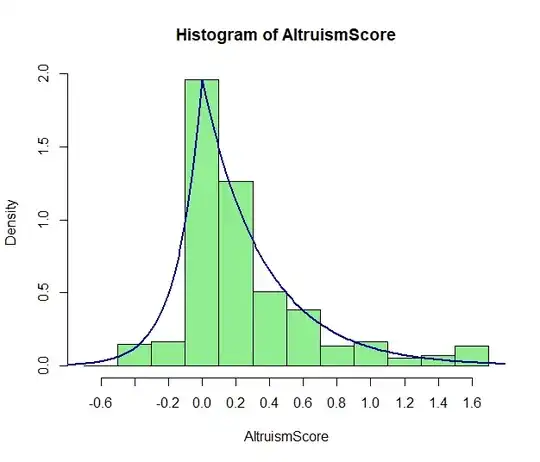I've been given a problem where I have
$$ X \sim \mathcal{N}(\mu = 2, \sigma^2 = 9) $$
$$ Y \sim \mathcal{N}(\mu = 3, \sigma^2 = 4) $$
Their correlation is $ \rho_{XY} = 0.6 $. First I am asked for the mean and standard distribution of X+Y, which I found as
$$ \mu_{X+Y} = \mu_X + \mu_Y = 2 + 3 = 5 $$
$$ \sigma_{X+Y} = \sqrt{\sigma_{X}^2 + \sigma_{Y}^2 + 2 \rho_{XY} \sigma_x \sigma_y} $$
However, I am also asked what the distribution of $ X + Y $ is, what if $X$ and $Y$ are jointly normally distributed, and what if $X$ and $Y$ are not jointly normally distributed. I am unsure how I would go about determining what the distribution of $X + Y$ is, though I assume that
If $X$ and $Y$ are jointly normally distributed then $X + Y$ is normally distributed
If $X$ and $Y$ are not jointly normally distributed then $X + Y$ is not normally distributed
How do I determine what the distribution of $X + Y$ is when I am not told whether they are jointly distributed?
Related
I read the following post, but wasn't sure how to apply what was said to my current problem, if I could at all.
